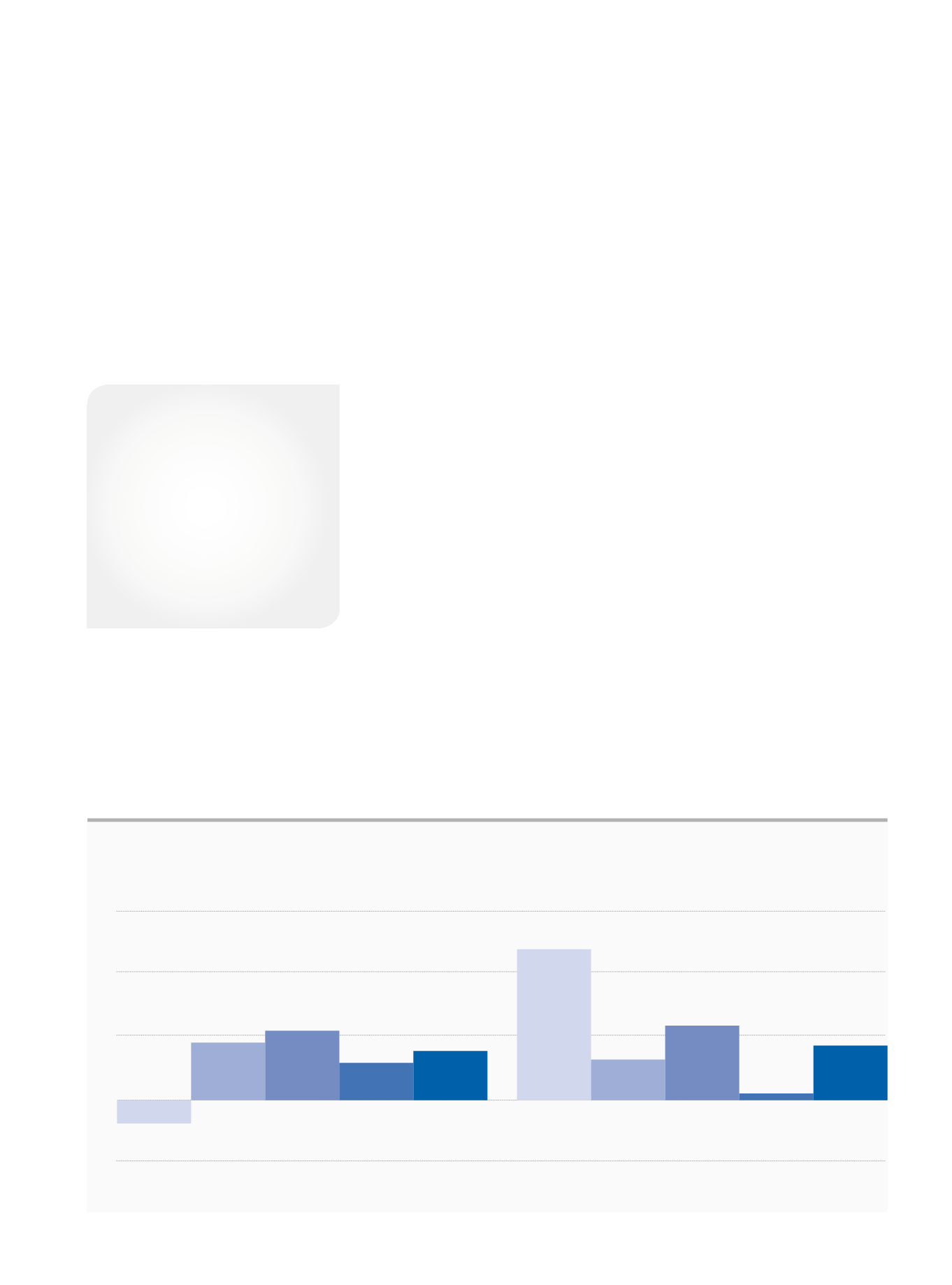
16 İşbank
Annual Report 2015
The Turkish Economy
In 2015, the Turkish economy performed above
the expectations.
Macroeconomic developments in
2015
The economic growth was mainly
driven by domestic consumption.
Despite the heightened risks in 2015,
economic activity expanded at a moderate
pace. The fact that four elections were
held in a period of less than two years
with the decision of snap election the
economic and the political environment
became more fragile compared to the
previous years. Despite that, Turkey grew
by 3.4% in the first nine months of the
year compared to the same period of the
previous year. Domestic demand made
the highest contribution to growth during
this period, while net exports dragged
down the growth. Following the November
1 election, thanks to the decrease in
political uncertainties, the moderate
economic recovery trend in the last quarter
continued. As a result, economic growth
accelerated in 2015 compared to the
previous year.
In 2015, the volume of both exports and
imports contracted. The fall in exports to
Eurozone, the main export market, in terms
of US Dollar due to the EUR/USD parity and
ongoing problems in key markets such as
Russia and Iraq played a significant role
in export performance. The contraction
in imports was mainly led by the falling
energy and commodity prices. As exports
fell less than imports, the foreign trade
deficit decreased by 25.2% year-on-year
to US Dollar 63.3 billion in 2015. In parallel
to the narrowing foreign trade deficit, the
improvement in the current account deficit
12
8
4
0
-4
GDP - Sectoral Growth Rates
(*)
(%)
Agriculture
Agriculture
Industry
Industry
Services
Services
Construction
Construction
GDP
2014
2015
GDP
8.81%
With a yearly CPI rate of 8.81%,
inflation was above the target
set by the Central Bank of the
Republic of Turkey.
(*)
As of January-September.


